Drawing a tanker truck is an intricate process that combines technical precision with artistic flair. Whether you’re an aspiring artist, a student, or a hobbyist looking to enhance your drawing skills, understanding the fundamental steps to render a realistic tanker truck is essential. At CarMax Vehicle, we appreciate the blend of engineering and aesthetics, and we aim to guide you through this creative journey with detailed instructions and expert insights.
Understanding the Anatomy of a Tanker Truck
Before embarking on your drawing, it’s crucial to comprehend the various components that make up a tanker truck. Breaking down the structure into manageable parts not only simplifies the drawing process but also ensures accuracy and realism.
Key Components
- Chassis and Frame: The foundation of the tanker truck, providing structural support.
- Tank Body: The cylindrical section where liquids or gases are stored.
- Wheels and Tires: Essential for mobility and load-bearing.
- Cabin: The driver’s compartment, which includes windows, doors, and controls.
- Exhaust System: Located at the rear, managing emissions.
- Fuel Tank: Stores fuel for the truck’s engine.
- Axles and Suspension: Facilitates smooth movement and load distribution.
- Lighting and Indicators: Ensures safety and compliance with traffic regulations.

Step-by-Step Guide to Drawing a Tanker Truck
1. Sketching the Basic Outline
Begin with simple geometric shapes to outline the fundamental structure of the tanker truck.
- Chassis: Draw a long, horizontal rectangle as the base.
- Tank Body: Above the chassis, sketch a large cylinder representing the tank.
- Cabin: At the front of the chassis, add a smaller rectangle for the cabin.
Illustration: Basic Outline
| Step | Description | Shape |
|---|---|---|
| 1 | Draw the chassis | Rectangle |
| 2 | Add the tank body | Cylinder |
| 3 | Sketch the cabin | Smaller Rectangle |
2. Adding Details to the Chassis and Tank
Refine the chassis by adding axles and wheels. Ensure the wheels are proportionate to the size of the chassis.
- Axles: Draw two parallel lines beneath the chassis.
- Wheels: Add circles for the wheels, ensuring symmetry.
- Suspension: Indicate the suspension system connecting the axles to the chassis.
For the tank body, include features like access hatches and pressure valves.

3. Designing the Cabin
The cabin requires attention to detail to reflect functionality and comfort.
- Windows and Doors: Draw rectangular windows and a door, adding handles and hinges for realism.
- Roof: Add a small section on the roof for ventilation.
- Mirrors and Lights: Include side mirrors and headlights to enhance the design.
4. Refining the Tank
The tank is the most prominent feature of the tanker truck. Enhance its appearance by adding texture and structural lines.
- Surface Texture: Use light shading to give the tank a metallic look.
- Structural Lines: Draw horizontal lines to indicate segmentation and support.
5. Detailing the Wheels and Tires
Wheels and tires add depth and dimension to your drawing.
- Rims: Draw detailed rims with spokes or patterns.
- Tires: Shade the tires to show depth and realism, adding grooves and tread patterns.
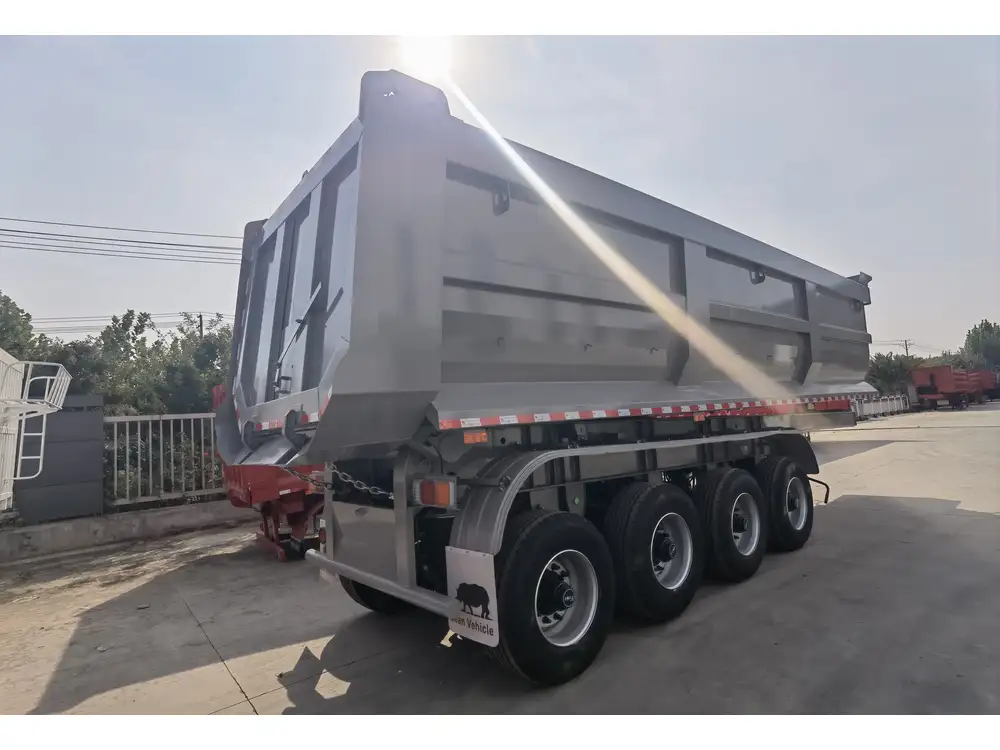
6. Incorporating External Features
Complete your tanker truck by adding external elements that contribute to its functionality and appearance.
- Exhaust Pipe: Draw a narrow exhaust pipe at the rear.
- Fuel Tank: Add a smaller compartment for the fuel tank near the engine.
- Lighting and Indicators: Include accurately placed brake lights, turn signals, and license plates.
Enhancing Your Drawing with Techniques and Tips
To elevate your tanker truck drawing, consider incorporating advanced techniques and creative tips that add realism and visual appeal.
Shading and Texture
Effective shading can create a three-dimensional effect, making your drawing more lifelike.
- Light Source: Determine the direction of your light source and apply shadows accordingly.
- Metallic Shine: Use smooth shading for metallic surfaces like the tank and chassis.
- Rubber Texture: Apply stippling or cross-hatching techniques for tire textures.

Perspective and Proportion
Maintaining correct perspective and proportion ensures your tanker truck looks realistic from any angle.
- Vanishing Points: Use one or two-point perspective to create depth.
- Proportional Accuracy: Compare the sizes of different components to maintain balance.
Line Work and Refinement
Clean, precise lines enhance the overall quality of your drawing.
- Line Weight Variation: Use thicker lines for outlines and thinner lines for details.
- Eraser Usage: Clean up sketch lines and refine edges for a polished appearance.
Utilizing Tables and Comparisons for Clarity
Incorporating structured information like tables can help clarify complex aspects of drawing a tanker truck.

Comparison of Drawing Tools
| Tool | Purpose | Usage Tips |
|---|---|---|
| Pencils | Sketching the initial outline | Use light pressure for easy corrections |
| Erasers | Refining and cleaning up sketches | Keep a soft eraser for delicate adjustments |
| Fine Liners | Adding detailed line work | Choose different thicknesses for variety |
| Rulers and Compasses | Ensuring precision in measurements | Maintain straight lines and accurate curves |
Step-by-Step Drawing Checklist
| Step | Task | Completion Status |
|---|---|---|
| 1 | Sketch basic outline | [ ] |
| 2 | Add chassis and tank details | [ ] |
| 3 | Design the cabin | [ ] |
| 4 | Refine the tank | [ ] |
| 5 | Detail wheels and tires | [ ] |
| 6 | Incorporate external features | [ ] |
| 7 | Apply shading and textures | [ ] |
| 8 | Finalize line work | [ ] |
Leveraging Digital Tools for Enhanced Creativity
In the digital age, various tools can aid in creating detailed and precise tanker truck drawings.
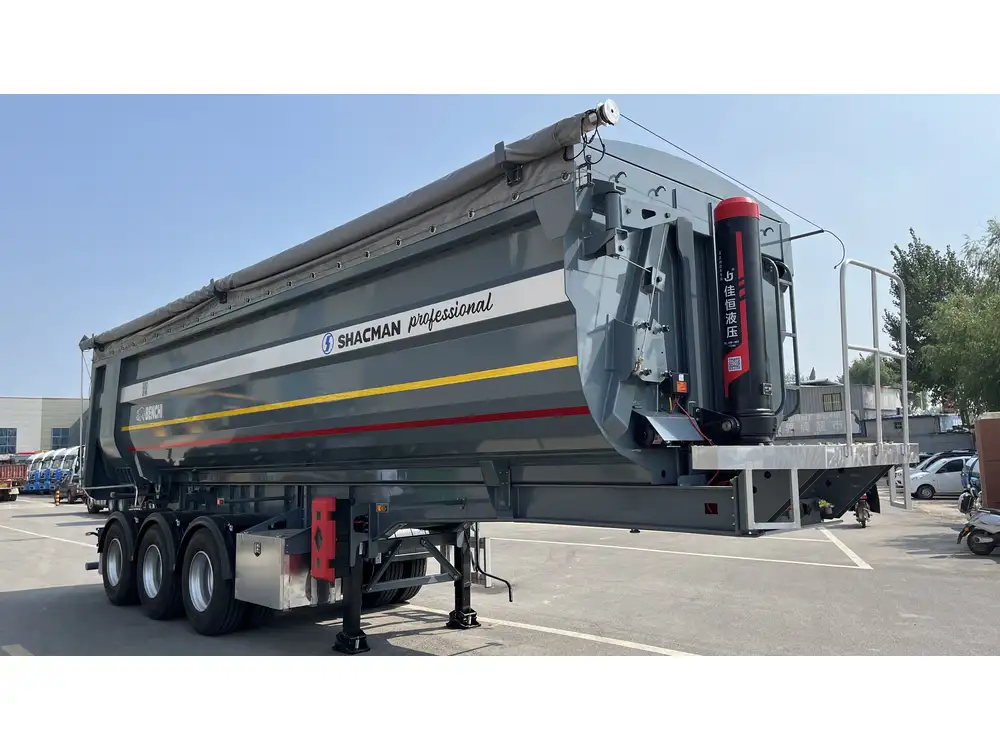
Software Recommendations
| Software | Features | Best For |
|---|---|---|
| Adobe Illustrator | Vector-based drawing, precision tools | Detailed line work and scalability |
| CorelDRAW | Versatile design capabilities | Complex illustrations and layouts |
| Procreate | Intuitive interface, brush variety | Digital painting and shading |
| AutoCAD | Technical drawing and design | Engineering precision and 3D modeling |
Digital Drawing Tips
- Layers: Utilize layers to separate different parts of the drawing, making adjustments easier.
- Brush Customization: Experiment with brush settings to achieve various textures and line styles.
- Zoom Functionality: Zoom in for detailed areas and out for overall perspective adjustments.
Common Challenges and Solutions
Drawing a tanker truck comes with its set of challenges. Addressing these proactively can enhance your drawing experience and outcome.

Challenge 1: Achieving Proportional Accuracy
Solution: Use grid lines to maintain consistent proportions across different components. Regularly compare parts to ensure balance.
Challenge 2: Rendering Metallic Surfaces
Solution: Study reflections and light interactions on metal. Use gradients and smooth shading to mimic the shine and texture.
Challenge 3: Creating Depth and Dimension
Solution: Implement perspective techniques and shading to add depth. Overlap elements slightly to suggest foreground and background.
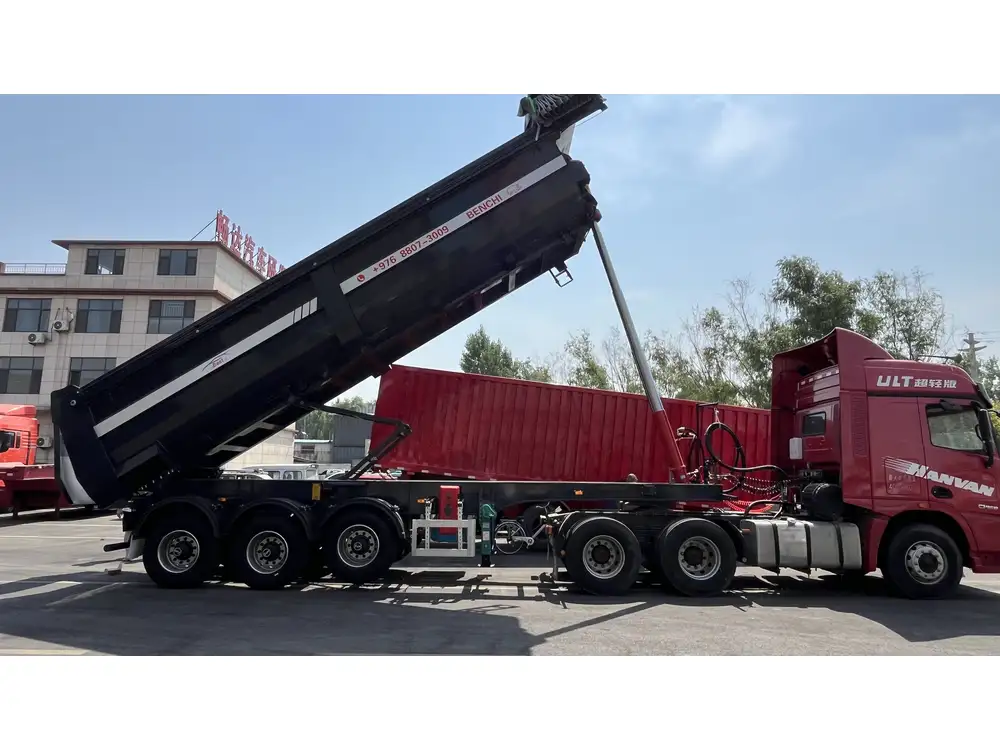
Inspiring Creativity: Customizing Your Tanker Truck Drawing
Personalizing your tanker truck drawing can make it unique and reflective of your style or branding.
Adding Unique Features
- Custom Paint Jobs: Design intricate patterns or logos on the tank for a distinctive look.
- Lighting Enhancements: Incorporate additional lights or indicators for a more dynamic appearance.
- Accessories: Add accessories like ladders, hoses, or safety equipment to increase realism.
Incorporating CarMax Vehicle Elements
As a manufacturer, integrating elements inspired by CarMax Vehicle can add authenticity and brand recognition.
- Brand Logos: Subtly include the CarMax Vehicle logo on the cabin or tank.
- Color Scheme: Use your official color palette to maintain brand consistency.
- Design Elements: Reflect the structural design aesthetics typical of CarMax Trailer products in your drawing.

Finalizing and Presenting Your Tanker Truck Drawing
The final steps involve refining your drawing and presenting it in a professional manner.
Reviewing and Refining
- Detail Check: Ensure all components are accurately represented and detailed.
- Smooth Lines: Clean up any rough or uneven lines for a polished finish.
- Consistent Shading: Revisit shading to enhance depth and realism uniformly.
Presentation Tips
- Background: Choose a simple background that complements the tanker truck without distracting from it.
- Framing: Frame your drawing to highlight key features and maintain focus.
- Digital Enhancement: If digital, adjust brightness, contrast, and saturation to enhance visual appeal.
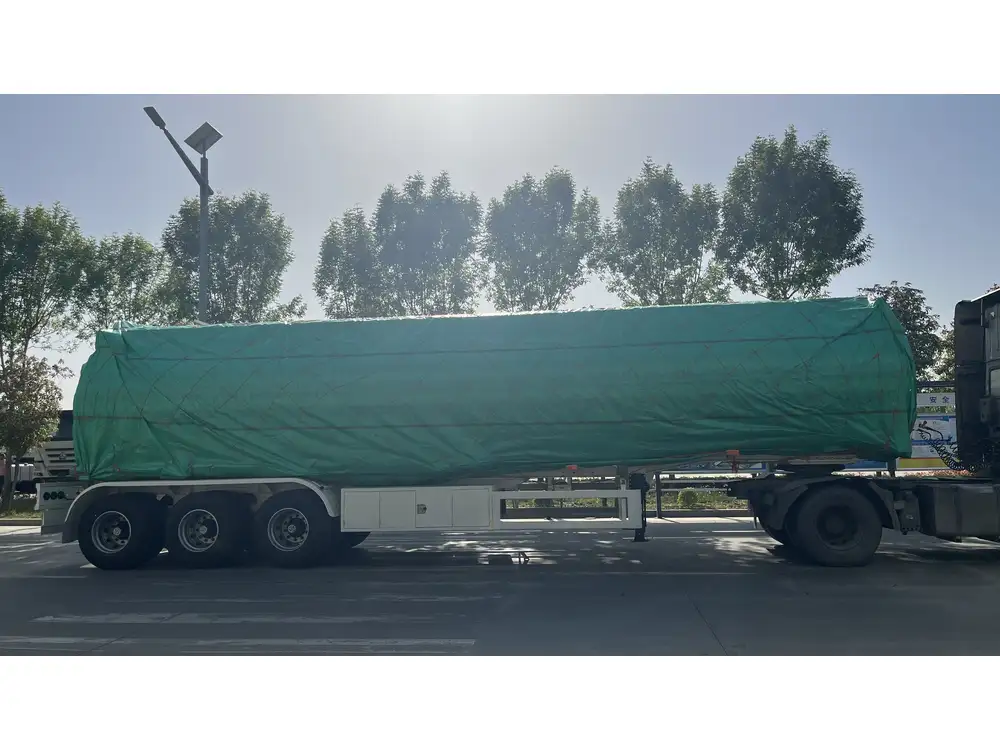
Conclusion
Drawing a tanker truck is a rewarding endeavor that combines technical knowledge with artistic skill. By understanding the vehicle’s anatomy, employing step-by-step techniques, and utilizing various tools and tips, you can create a detailed and realistic representation. At CarMax Vehicle, we recognize the importance of precision and quality, both in manufacturing and in the creative process. Whether you’re aiming to master this skill for personal satisfaction or professional development, the journey to drawing a tanker truck is a testament to your dedication and creativity.
Frequently Asked Questions
1. What are the essential tools needed to draw a tanker truck?
To draw a tanker truck, you’ll need pencils (preferably varying grades for shading), erasers, fine liners for detailing, rulers and compasses for precision, and optionally, digital drawing tools like a tablet and relevant software for enhanced detailing.
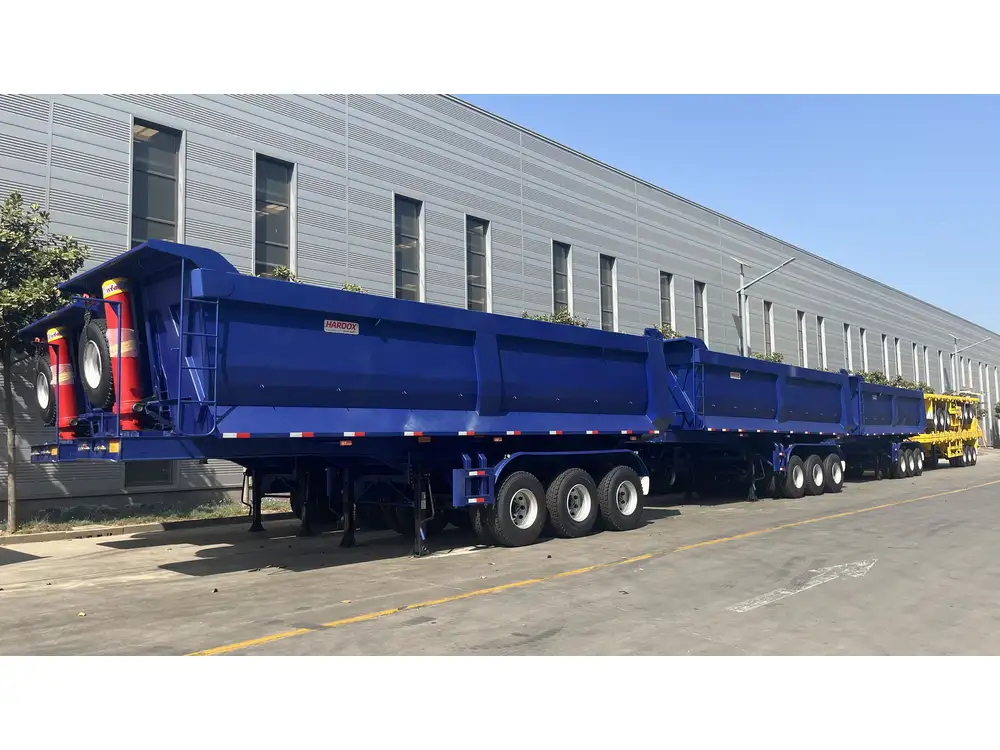
2. How can I improve the realism of my tanker truck drawing?
Improving realism involves accurate shading to create depth, maintaining correct proportions, using perspective techniques, and paying attention to details such as reflections on metallic surfaces and texture of tires. Studying real tanker trucks and practicing these elements can significantly enhance realism.
3. Can I draw a tanker truck from any angle?
Yes, you can draw a tanker truck from various angles, such as side view, front view, three-quarter view, or even a dynamic perspective like a low angle shot. Each angle presents its own set of challenges and opportunities for showcasing different aspects of the truck.
4. What digital tools are best for drawing a tanker truck?
Digital tools like Adobe Illustrator, CorelDRAW, Procreate, and AutoCAD are excellent for drawing tanker trucks. These programs offer precision, a variety of brushes and tools for detailed work, and features like layer management and easy editing that can enhance the quality of your drawing.

5. How can I incorporate my company’s branding into my tanker truck drawing?
To incorporate your company’s branding, you can include your logo on the cabin or tank, use your official color scheme in the paint job, and integrate design elements that reflect your brand’s aesthetic. Ensuring that these elements are subtle yet recognizable will maintain professionalism while promoting brand identity.



